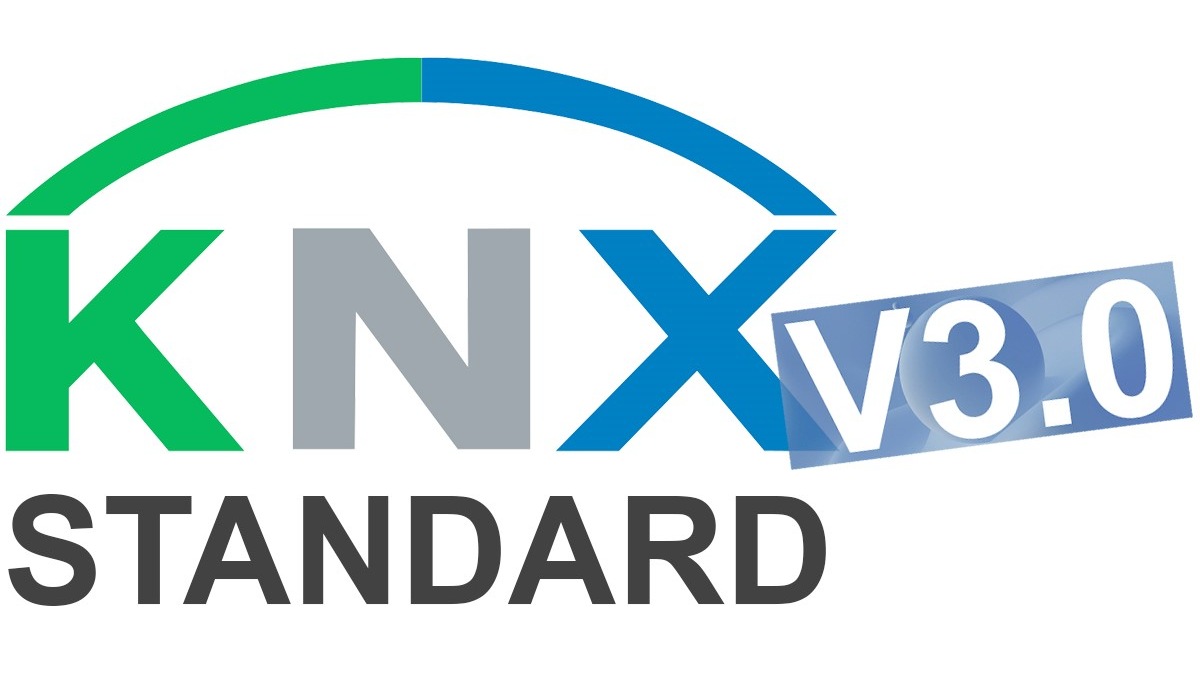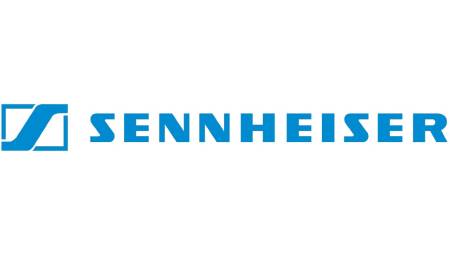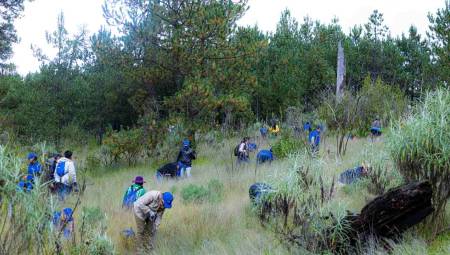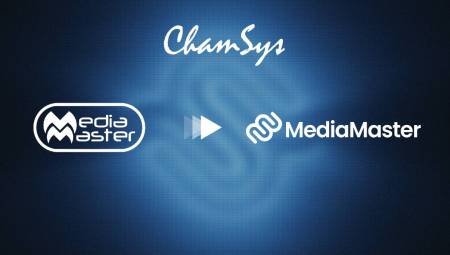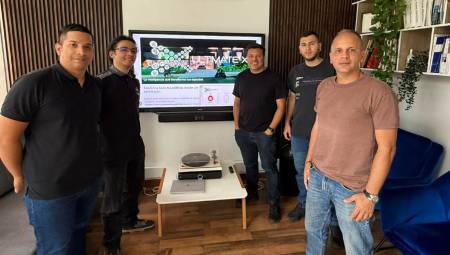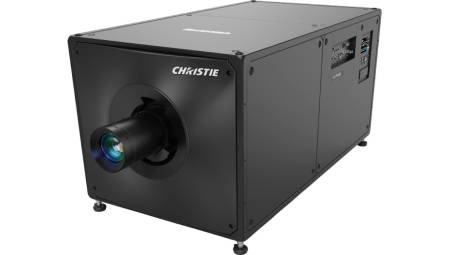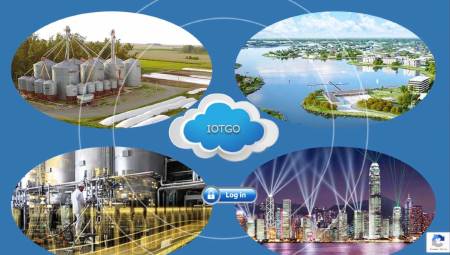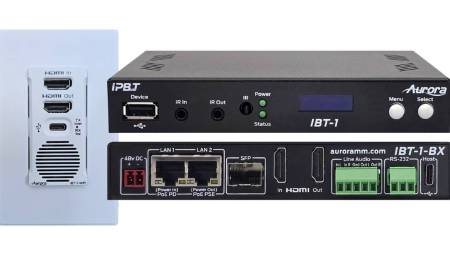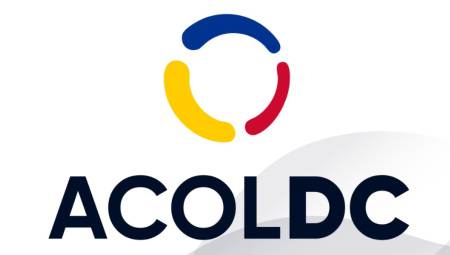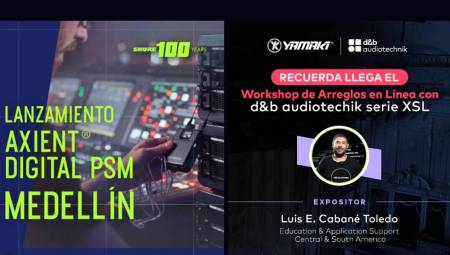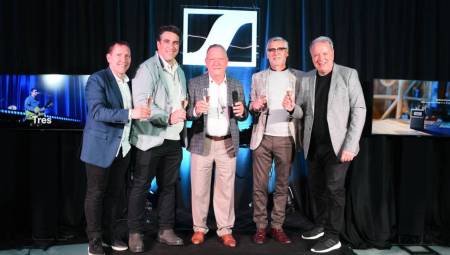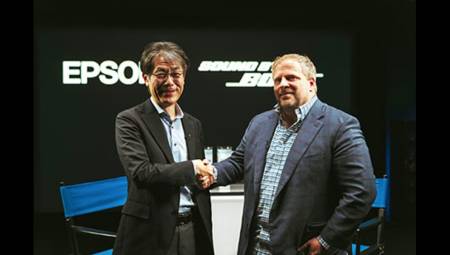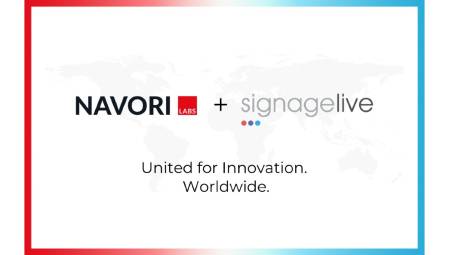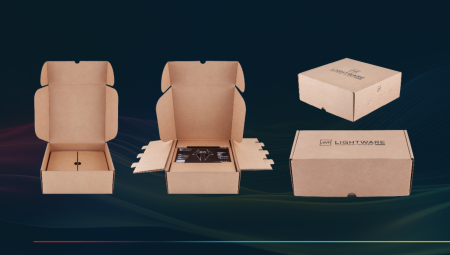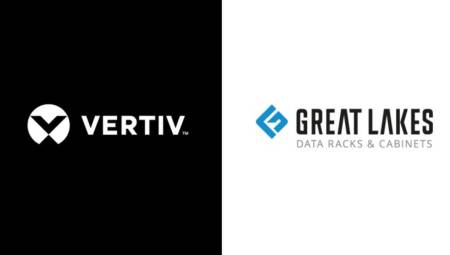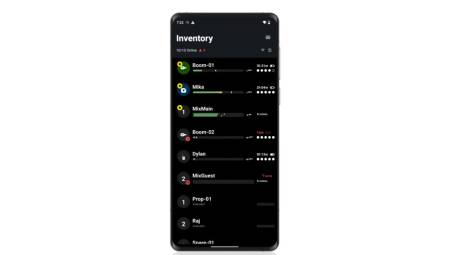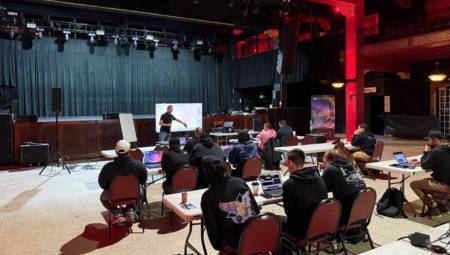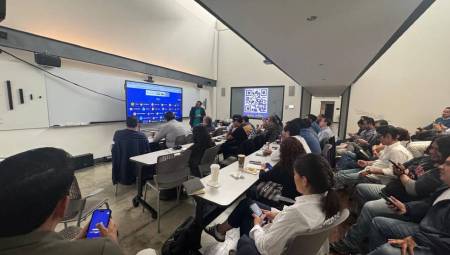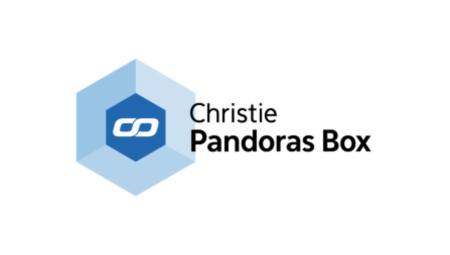International. The KNX Association released version 3.0 of its standard, for its manufacturer members, in order to open its doors much more to technology based on the Internet of Things (IoT).
This new version of the standard, which seeks the integration of IoT to the specifications that the KNX already had, is relevant since it is the first update considered important by the association, since version 2.1 in 2013. According to the KNX Association "This new version is a huge leap forward as it opens up opportunities for both existing and new KNX members."
In that sense, the possibilities of the KNX IoT: are the KNX IoT 3rd Party API and KNX IoT Point API. Put more broadly, version 3.0 of the entire KNX standard, a project that had been launched in 2017, allows KNX members to: design KNX products based on TP, RF and KNXnet/IP, that KNX installations interact more easily through RESTful web services and that manufacturers design KNX products, using IPv6 networks as a means of communication. Of course, it is contemplated in the future that the KNX IoT specifications will have improvements with more features and improved test specifications.
Changes introduced in version 3.0
It is relevant to consider that each update seeks to improve the readability of the KNX standard by including the application notes in the body of the text of the standard itself. In that sense, application notes are specification documents separate from the body of the text, which establish system extensions and corrections of the body of the text. When all of them are integrated, all the requirements are in one place, rather than being spread across multiple documents.
Keys to this improvement
Now version 3.0 of the KNX standard includes specifications for three supported media (TP, PL and RF in its Ready and Multi versions), a common system stack (including all allowed profiles), security mechanisms for KNX Classic (KNX Secure), KNXnet/IP specifications and, in addition, also specifications for the KNX IoT 3rd Party and Point APIs (including their own security requirements). Naturally, updated versions of hardware requirements, certification manual, application specifications, test specifications, basic component and system requirements, as well as application-specific standards, are also included, where the extended logic label and M-Bus mapping are located.
Step by step to deploy version 3.0
After the global launch, all members who have signed the Intellectual Property Rights License Agreement (IPR) will be invited to file the necessary patents on the aspects explicitly described in the standard, or that are necessary to meet the requirements imposed by it. This process usually takes about a year to complete. Once the IPR process is complete, the KNX Association hopes to offer version 3.0 for download by anyone.



